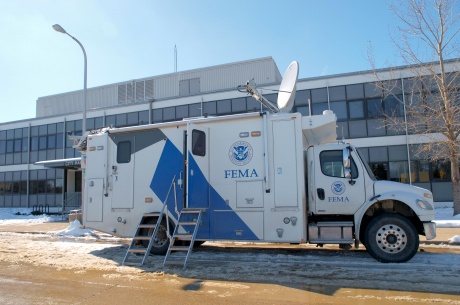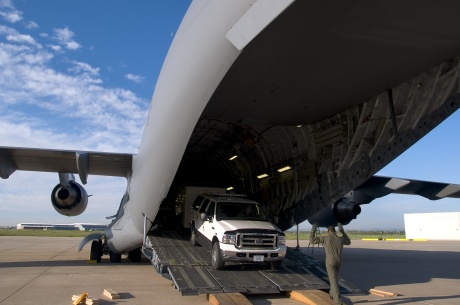



Disaster Emergency Communications is a specialized field within the broader field of emergency communications. Emergency communications covers all technical means and modes for public safety agencies at all levels of government (e.g. law enforcement, fire services, emergency medical services) to perform their routine, daily communications. Disaster emergency communications applies to those technical means and modes required to provide and maintain operable and interoperable communication before, during, and after presidentially declared emergencies, disasters, or planned National Special Security Events.
The Disaster Emergency Communications Division has six geographically dispersed Mobile Emergency Response Support (MERS) detachments and a number of Mobile Communications Office Vehicles (MCOV).

